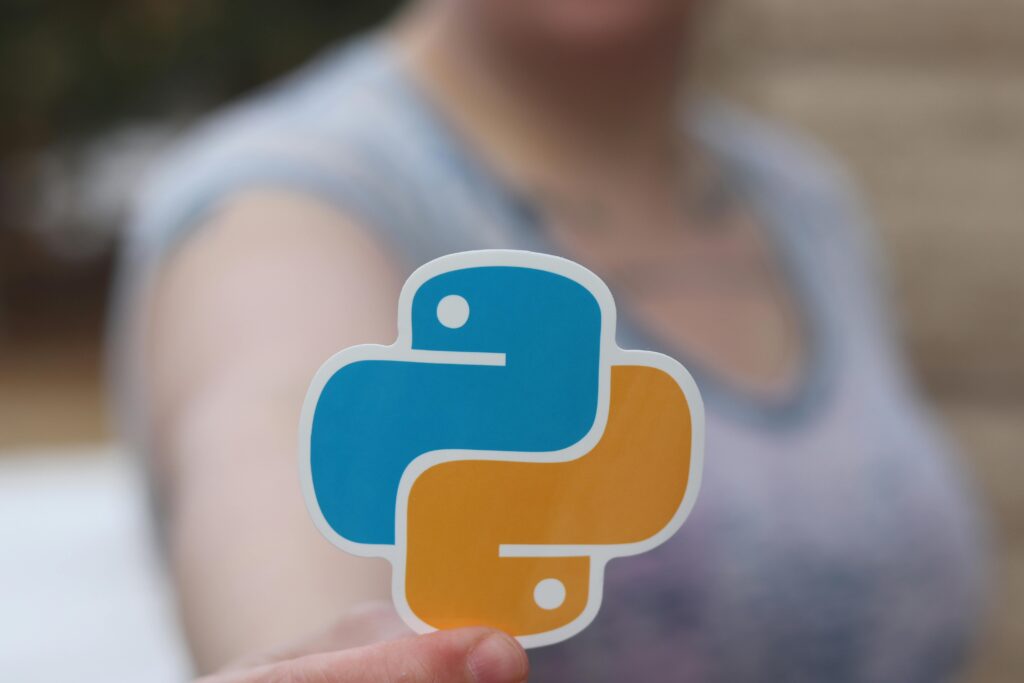Introduction

Python is unparalleled among programming languages for its simplicity and versatility. This blog will walk you through Python programming from foundational concepts to advanced topics. Whether you’re a novice or an experienced coder, you’ll find valuable insights here. This comprehensive guide includes essential definitions, crucial topics, practice exercises, and questions to test your understanding.
Part 1: Basics of Python
1.1 What is a Python Script?
A Python script is a collection of instructions saved in a .py file and executed by the Python interpreter. Python, developed by Guido van Rossum in 1991, is an interpreted, object-oriented, high-level programming language known for its readability and simplicity. Python scripts can range from simple automation tasks to complex machine learning algorithms.
1.2 Configuring Python
Before writing Python code, you’ll need to install the Python interpreter. The installation process varies by operating system:
- Windows: Download the latest version from python.org. Ensure you check “Add Python to PATH” during installation.
- macOS: Install Python 3 using Homebrew. Open Terminal and run:bashCopy code
brew install python3 - Linux: Verify Python installation by typing:bashCopy code
python3 --versionIf not installed, use your package manager to install it, such asaptfor Ubuntu oryumfor Fedora.
1.3 Understanding Python Syntax
Python syntax is designed to be clean and readable. Instead of braces {}, Python uses indentation to define code blocks, which enhances readability and reduces errors. Here’s a basic example:
pythonCopy code# This is a comment in Python
def greet(name):
print(f"Hello, {name}!")
greet("World")
In this script:
defis used to define a function namedgreet.- The function takes one argument,
name, and prints a greeting message.
Practice Exercise
Create a script that asks for a user’s name and prints a custom greeting. This exercise will help reinforce your understanding of basic Python syntax.
Part 2: Advanced Concepts [Coming Soon]
In the next part, we will explore advanced topics such as data structures, object-oriented programming, and working with external libraries.

